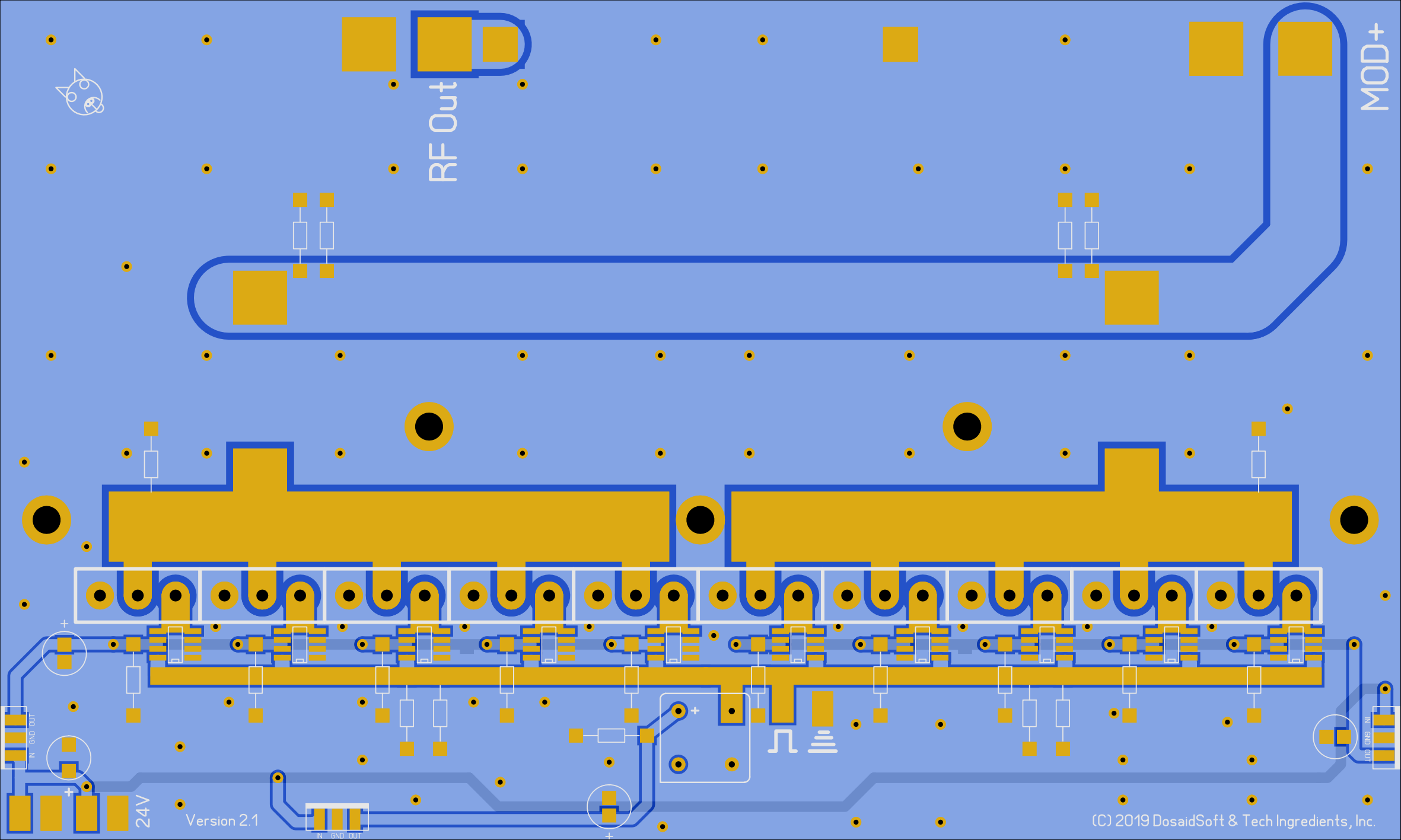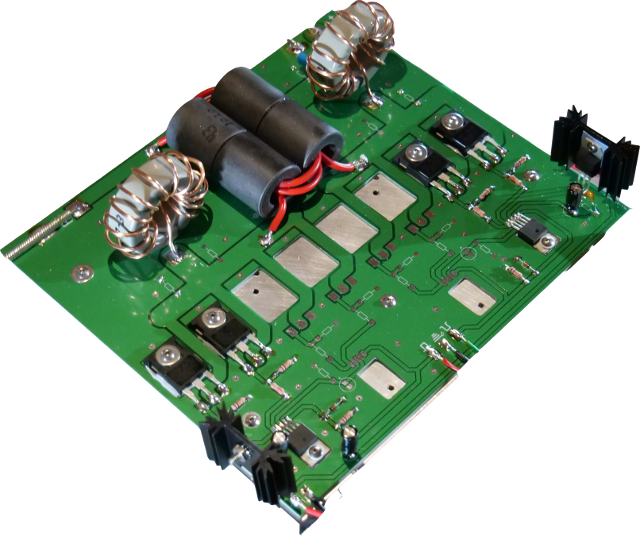In my first radio project here we are going to be building a class D AM transmitter. Ever since I learned that an individual was capable of building a radio station and that all they needed was a transmitter, I got addicted. I was about 13 years old when I figured out that all you need to make an AM transmitter was a crystal oscillator and an audio transformer. After having success with that first project, I was left excited, but wanting more. The range of the thing was only a couple feet. I wanted to build an amplifier, but I didn’t know how. At this point I didn’t even know there was a difference between an audio amplifier and an RF amplifier, and of course, I also didn’t know the classes of amplifiers. I tried a couple things, but ultimately gave up due to lack of knowledge.
So here I am today. I am writing this article for someone like my former self. You want to build an AM radio transmitter, so you look online and find a bunch of 0.1 watt part 15 devices. AM radio is quickly becoming an antique and letting this weird realm of waves fade away as the HF ham operators die off is not a good thing.
I am bringing it back here. In this article we will build a 1000 watts AM class D transmitter. I have chosen the class D design as opposed to the more efficient class E because it has a very wide bandwidth. The transmitter we will build will have the capability of covering 3.5 – 8 MHz and 0.5 – 1.7 MHz (AM broadcast band) with a few modifications. I would really recommend the HF version over the broadcast band one just because you will have a very hard time building an efficient antenna for the broadcast band. An AM broadcast dipole antenna has to be 290 ft at a minimum in length and 145 ft off the ground. A vertical ground plane antenna has to be 145 ft tall, but a loading coil can be used at the base to increase the “length”. You can see the size problem here. The horizontal axis is wavelength above ground and the vertical is signal strength.

(BTW: This image comes from VOACAP. It is a very nice site for calculating propagation. See here.)
An antenna tuner can be used to tweak a smaller antenna, but you really can’t tune something less than half the size without a considerable drop in efficiency. This is especially important at these power levels where we will be producing a lot of heat if the antenna is not tuned properly. In addition to the size limitation, the range of an AM broadcast transmission will be much less than an HF transmission at equal power levels. This is because AM radio waves bounce off a different layer of the ionosphere. The lower D layer will not bounce signals as far. In the diagram below, you can see the day and night propagation for AM. For HF it’s as if it was always at night.

Awwwl thingggs considuuurd, you will have a lot more fun on the HF bands than on the medium wave (AM broadcast) band.
So here in the first post (part 1), this is what I will give you. Here is an archive containing some PCB files and everything else you’ll need to build this transmitter. Gerber format is included (this is what can be sent to a PCB fab). I have also included the original .lay file which is editable in Sprint-Layout. If you do not have sprint layout, I highly recommend. It is a very easy way to produce PCBs without having to learn CAD. And learning CAD is not something you want to do unless you are doing it professionally.
The archive also contains a parts list (8_FET_Parts.txt) with links to purchase. If anyone wants a jump start with this project, I can send you a PCB. All you’ll need then are the components, a heatsink, an audio amplifier, a toroidal power transformer and a signal source.
The transmitter we are building is a high level modulated solid state class D transmitter with SiC FETs. So what does this mean exactly?
This means we are taking a normal audio amplifier (like your car stereo) and hooking it up to one winding of a toroidal power transformer (like what is used in a linear power supply). The other winding then has the DC voltage fed through it and into the MOSFETs. This is how we accomplish the modulation. To generate the actual RF signal, we feed two square waves that are 100% out of phase into the input of the FET drivers (TC4452). This creates a push pull effect. Half of the MOSFETs are on while half are off and vice versa. The FETs we are using are C2M0160120D. These are the best SiC FETs we could find. These are the type of transistor that is normally used in switching supplies or audio amplifiers. These are not RF devices. This is another advantage of the HF band. You do not need to use costly RF transistors at these frequencies. 8MHz is really pushing the frequency high for these types of transistors and that’s why we chose to use SiC FETs here rather than the standard FETs that you see many hams using (like the FQA11N90). GaN FETs are the fastest switching non radio frequency transistors, but they are pretty expensive. The Cree SiC FETs are the best bang for buck and fastest non-RF devices.
Here is a basic diagram of what we are trying to accomplish:

OK, that’s enough for now. I’ll give a detailed procedure for the construction of the device in part 2.






